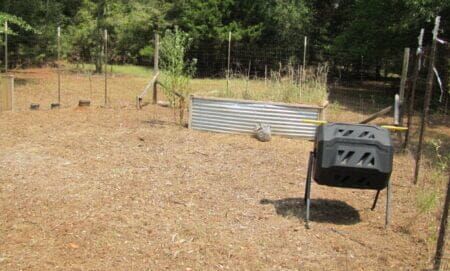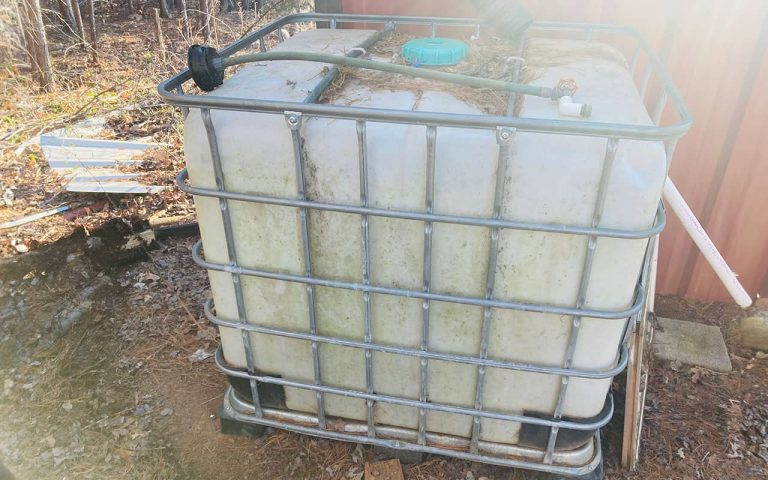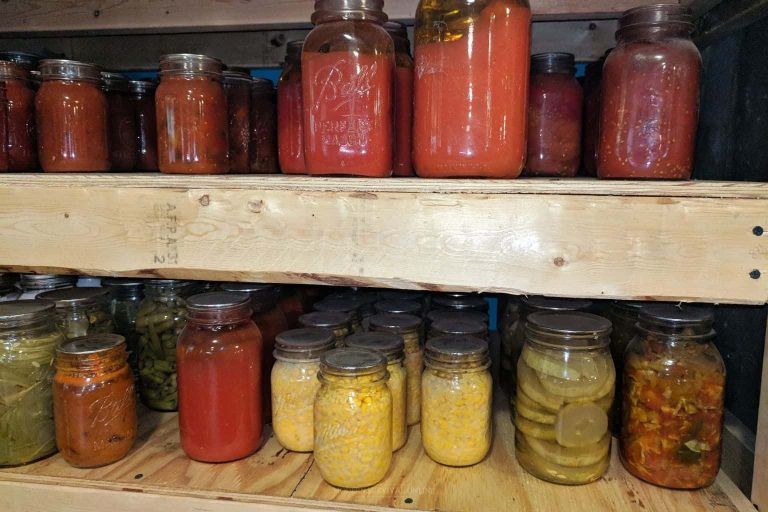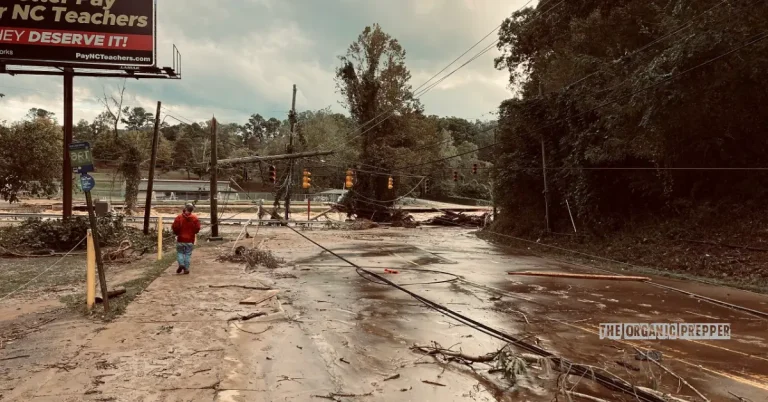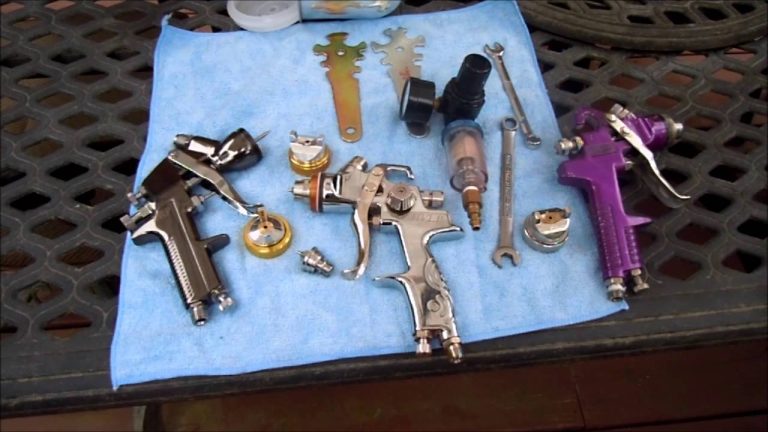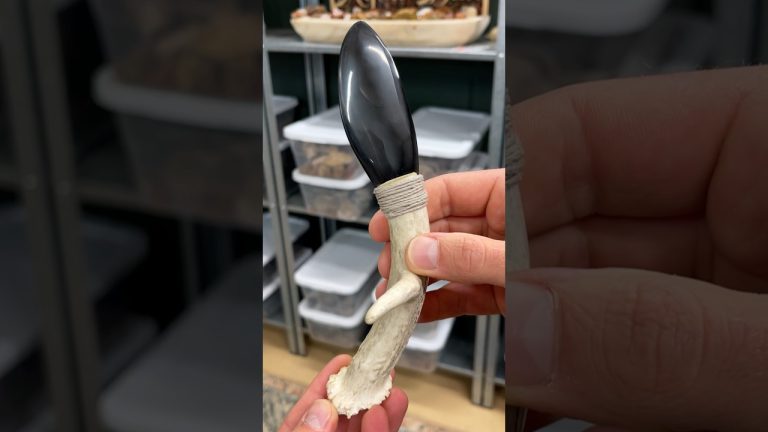One indoor and one outdoor project this weekend. We’ll do the Garden work first because I’m on a “schedule ” with this as a part of the Pomodoro Gardener concept on the Peoplenomics.com side of things here.
The idea of pomodoro gardening is in honor of Francesco Cirillo’s book (The Pomodoro Technique) on time management. It involves using timers for everything. Along with the Cal Newport book “Deep Work” you can sort out a personal approach to get almost everything done in Life you want to.
Then about the Garden part. At 74, you may begin to ask yourself “What is my absolute perfect day – and how do I schedule one every day until I die?”
Sure, some damn fool will pipe up and wise-ass “Perfect days don’t have schedules!” But in many ways they do. For example, pausing for a couple of drinks in the afternoon has a kind of built-in scheduler. Have more than two (doubles) and not much will happen the rest of the evening. I might make it to the television and something useful on YouTube (Why Files?) but gone in 10-minutes. Drink and be scheduled. (Nice sure than shaying schpitfaced…)
On the flip side, one double and (*using plenty of care with sharp kitchen tools!) a dandy meal and adult entertainment might arrive. Or, I might stay awake through an entire movie, right?
Gardening, it seemed to me had not been subjected to enough Frederick Winslow Taylor-like time measurement. Taylor made his fortune by optimizing human effort and results in specific times. Like an 8-hour shovel shift moving material in a steel mill. With me? 22-pound shovel ready?
In a world where a huge portion of our food is purchased (and at increasingly outlandish prices!) it seems to me that the time spent in the gym could be more wisely invested in growing edibles! Not that joining the local Y isn’t good. But Covid queered a lot of people on “proximity to others” and honestly, meals cooked at home are better, anyway.
Here comes a Fall Garden
Making a “serious” garden will require some tools. Been making a list of the one’s I’m using in the “fixing to get ready” part of the adventure. Some examples of tools you may need:
Weed Eater: Doing the basic “tear-down” of old vegetation, the weed eater (and its battery-sharing pal the hedge trimmer) are great. With knew high grass, two days of 30 minute “Pomodoro’s” get the garden to the point you could walk to the raised bed without getting ticks.
While I was getting “grounded” what do you know? Another ShopTalk Sunday project! Ure’s now 12-year-old garden counter! This was one of my old-time hare-brained ideas on how to use a leftover remodel kitchen sink. When this shallow one updated, I remember thinking “Wouldn’t it be great to have a wash counter in the garden?”

Next time, I might make it out of cedar instead of pine, but wood that is off the ground can weather OK…sometimes. On to the next tool:
Pickup Truck: Before you quit your gym membership and begin bringing bags of potting (or better, starting) soil home, you might want to cozy-up to anyone you know who wants in on your organic gardening adventure. Schmooze ’em to death (and get the pickup keys). Then head for the local feed store (we have a great one in town) and load up with garden starting basics.

Local feed store prices are usually very good. On the left are two bags of soil to reseed two beds in the lean-too greenhouse. On the right is a huge bag of vermiculite (to till into the soil) and on top of that is a bag of organic alfalfa pellets. That lays in long-release bound nitrogen and it breaks down into organic materials to support your soil enzymes and such.
The two bales of straw go through the yard chipper with an ingredient that may surprise you…
Cardboard Tools: Here’s the official UrbanSurvival Amazon Boxes Breakdown Kit. *(Or, something like that – obviously, I don’t have a marketing department yet…)

With these, you will attack that pile of cardboard boxes that has been piling up because of summer burn bans, which may go on until the next Flood – it’s been that dry around here.
Armed with these tools, in a pomodoro block this week, the tape was tossed in the regular trash along with peeled-off labels. Then you cut the cardboard into easily used pieces.

These pieces get run through a leaf mulcher or branch chipper. We have a many years old electric chipper that has done cardboard, leaves, more trees than can be remembered and it works OK for charcoal briquettes (tossed in with mulch – just get the plain ones so you don’t end up with petroleum products in the yard!) and cardboard, too.
NO SHINY CARDBOARD. Only plain or with simple black (vegetable ink) on them.
Since the BIG (100?) trees between the house and shop are shorter now, I may get a leaf mulcher because the leaves I put down 15-years ago, un -mulched still haven’t broken down.
AutoCad, TinkerCad, or FreeCad: I know – seems like an odd tool for gardening!
Might until you think about my odd way of solving problems. Let me begin with my personal failing at using very little garden seed. It has been a 24-karat bitch trying not to overplant. By FAR the ADHD enemy of big crops.
It wasn’t until I started using the seeding template for Square Foot Gardening that my crops did incredibly better. What I was doing was planting too close together.
Which works dandy on raised beds that are waist high. But try though I did, there was NOTHING that would fit what I was looking for. A simple tool that would let me dump our a seed package on a seed platform and have one hole, which would be on a 4-foot piece of PVC.
If we’re such a smart species, how come there is obvious stuff like “Ure’s Feed Humanity Seeding Table for 1/2? diameter 4-foot pipe” to be invented?

Obviously, I didn’t make a top piece (to keep seeds from rolling off. I figured a small bead of hot-glue around the outside edge would be quicker. I couldn’t get the file to upload with my content manager, so if you need the .STL to print, send me an email.
The way the job is laying out (with this fixing to get ready stuff) is to use Friday as the “materials and set-up” day. It should be under an hour:
- Plug in power to the garden (1-min)
- Take heavy-duty 100-foot power cord up. (3-min)
- Wheel the electric tiller up (4-min)
- Start tractor and move: 2 bales of hay, bag of vermiculite, bag of alfalfa seed. Bales of hay. (8-min)
- Move the old wash station away from fence. Move to the welding bench area (7 min)
- Take 5-pounds of alf-seeds to the lean-too and top dress those beds. (5-min.)
With everything pre-set like this, we were set for Saturday dawn. Which will be when the electric tiller comes on and we mix up the soil. That will be longer than one Pomodoro unit – 2 or 3. Unless I break it into two days? Naw, I can still drive a tiller all day, if need be.
Sunday (today) will be planting, labeling, then watering everything in.
That means tomorrow, Monday, will be mulching day. One of us will run the chipper and crank out cardboard chips. Then we can both put down mulch and straw, so maybe a whole time unit on that.
Final part of the project will be putting the bird-netting hoops up over the tomato raised bed. Tuesday for that, and then hopefully, our first “children” (plants) will arrive in a week, or so. We still have warm ground and with solid daily waterings, should work out fine.
After that, we will take our pomodoro gardening to another project (we have many). Because once planted and mulched, a daily 10-minutes for watering should be a great deal of the activity.
A Useful Shop Tip
I call them “safety rails” and they have been installed in our outdoor stairwell down to the car almost since we got here.
The rails go in with good steel fasteners (because of my background in radio, copper and I have a problematic relationship…).

As you can see, the ugly knotted 2-by-4 is set down a 2-by from the top. What you do with it is lay a 2-by8, or so, across the stairwell to it’s companion on the other side of the stairway.
Having to get this set up this weekend, too, so I can fix the raccoon and possumed out screens. If they try to claw through a new storm door and 3-foot high t-1-11 panel, I’m going for the AK… you toss the grenades, with me on this?

Seriously, this is the same kind of thing I put over bathtubs when fixing the odd bit of mold that shows up when the window is left open…
Don’t just use a 2-by-8 – put a 2×2 runner on your workboard so they don’t slide off the tub leaving you with no invitation and gravity working its magic…
Refer to your copy of Thomas Glover’s Pocket Ref (Book) for whether you need a 2-by-10, lol. If doing ladders? Put those on such a stairwell lash up ONLY if you have put 1/2-inch rails around the tops of the boards. That will (should!) keep a ladder from sliding off. “Though that’s an unproven theory, your Honor!”
In other words, use such techniques at your own risk. I mean, we weren’t stupid coming up with the ideas sure, but you, well? Um… (Just kidding!)
[He was, kidding, right?]
More Saturday Ranching
A word of “Tiller Jumping” if I may?
A year, or two back Mr. Claude and Scooter came out and did some biomass harvesting for us. We have a big area on the “south 16” where Stumpy can get his 18-wheeler in, turned around and get loaded.
Anywho, when they were done I tell Claude “Don’t clean up under the chipping machine…I will use that for mulching in my garden.”
Well, he gives me a funny look and says “You know most people don’t do that…”
Now let me tell you why:

See? A lot of the chipping for biomass was young hickory and other young brush (yaupon) that when dried under a hot Texas sun a couple of years doesn’t really break down. More like becomes “seasoned” (like the wood in a Louisville Slugger baseball bat).
When you hit it? Tiller gets airborne.
This caused the electric tiller to go jumping in the air for the better part of two hours (so much for time management on the job, huh?)
And what the seasoned hickory and yaupon didn’t launch was soon upstaged by a good-sized rock lodging itself in the tines…

A few whacks with the engineers hammer, but my now my right hand was getting plum tuckered out.
The reason? An hour and a half of roto-thrilling holding the same “safety switch” was making me unsafe at any speed. Of course, having a world-class tub of zip ties – DON’T DO THIS AT HOME! This is stupid and dangerous! (Where I happen to excel…)

At the end of the job the zip tie was removed. Don’t want to leave evidence of overriding the safety features laying around.
15-minutes spreading vermiculite/perlite and alfalfa pellets and mixing them in? (stopping midway through the final pass for a photo op):

Today, A handful of stakes and twine to set down the rows and then a plant every 3-inches or so. Followed tomorrow by Mulch Gulch and getting the garden prep table down to the welding area for reinforcements and fresh wood.
Dandy weekend, as long as you’re done with everything by 10 AM because that’s when the heat is still coming on.
Did someone miss the memo about Fall?
OK, Planting today and mulching tomorrow…maybe I can sneak in a writing class? Would it help?
Write when you get rich,
George@Ure.net







